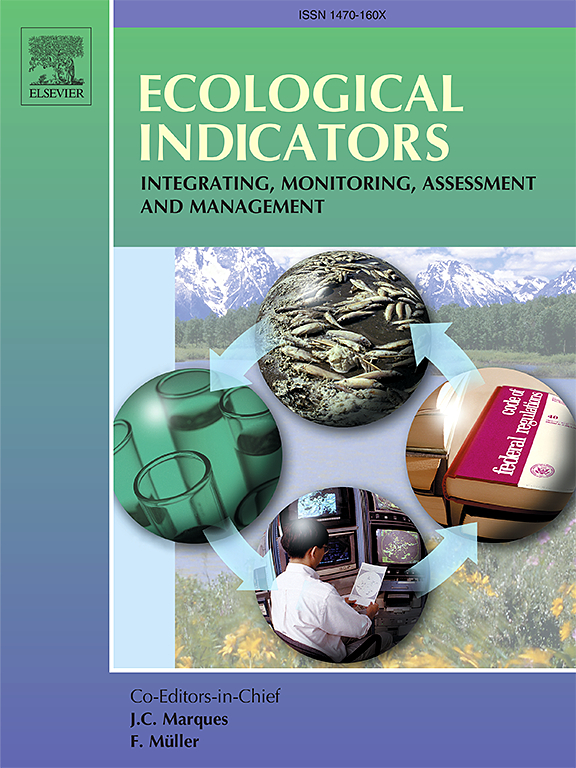Assessing sensitivity of stream migration at Foothill Areas: Hydrological modeling and spatial analysis of the Red Sea coastal stream
Foda, Ahmed , Abdelhalim, Ahmed , Elkhedr, Mustafa
2025-04-01 null null 173(卷), null(期), (null页)
Stream channels are dynamic systems that continuously adjust their morphology through lateral and vertical erosion, particularly during high-intensity, infrequent rainfall events. In arid regions, such changes can have significant implications for river management and infrastructure safety. This study investigates stream migration processes along the Red Sea coastal segment between Ain El-Sokhna and Ras Shukair, Egypt, by employing highresolution satellite imagery, in situ field measurements, and discharge data to capture detailed hydrological and sediment characteristics. An integrated methodology combining hydrological modeling using HEC-RAS 2D, GISbased spatial analysis, and sediment transport simulation was implemented to quantify channel movement and assess potential scour locations. Quantitative results reveal lateral stream shifts ranging from 50 to 250 m, with a statistically significant correlation between predicted scour areas and zones of elevated shear stress, underscoring the pivotal role of sediment transport. The novelty of this approach lies in the development of a simplified hazard assessment technique that integrates critical parameters such as ground slope, stream discharge, and soil type into a unified spatial framework, this method significantly reduces computational time and data requirements compared to traditional fully hydraulic models while still producing reliable and comparable results. Moreover, unlike most studies that focus on stream migration in wet valleys, this investigation examines the phenomenon in dry streams, addressing a critical gap in the literature. Consequently, the approach offers a practical tool for engineers and urban planners engaged in sustainable river management, flood risk assessment, and infrastructure protection under evolving climate conditions.
相关推荐
- Environmental implications of geohazard analysis in a climatically variable arid region: A case study of the Al-Mutla'a-Al-Jahra Coastal Plain, State of Kuwait [2025-04-01]
- Geophysical studies to delineate groundwater aquifer in arid regions: A case study, Gara Oasis, Egypt [2025-04-01]
- Reliability of using ASTER data in lithologic mapping and alteration mineral detection of the basement complex of West Berenice, Southeastern Desert, Egypt [2025-04-01]
- Geospatial analysis in groundwater resources management as a tool for reclamation areas of New Valley (El-Oweinat), Egypt [2025-04-01]



